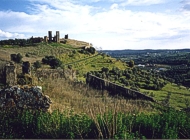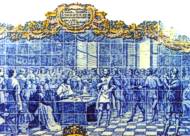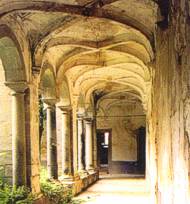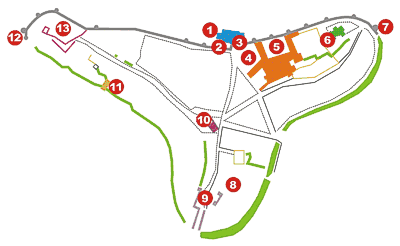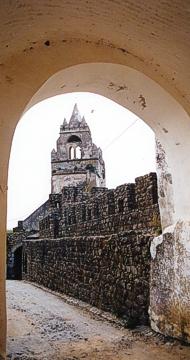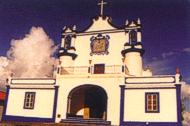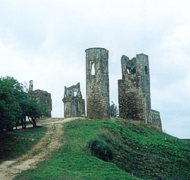 The Terreiro de St. João de Deus is
dominated by the statue of the saint and the facade of the Parish Church,
In front, the magnificent Manueline Doorway of the Misericórdia
Church. Here as well as the vein like tracery of the vaulting, (similar
to that in the in the Our Lady of Visitation Church), the curious 17th
century altar pieces on the side altars, the Sala do Despacho and the
18th century organ, fashioned by the hands of the Italian master D. Pascoal
Caetano Olduvini, you can also admire an exquisite Pieta, a fine 15th
century work of marble.
The Terreiro de St. João de Deus is
dominated by the statue of the saint and the facade of the Parish Church,
In front, the magnificent Manueline Doorway of the Misericórdia
Church. Here as well as the vein like tracery of the vaulting, (similar
to that in the in the Our Lady of Visitation Church), the curious 17th
century altar pieces on the side altars, the Sala do Despacho and the
18th century organ, fashioned by the hands of the Italian master D. Pascoal
Caetano Olduvini, you can also admire an exquisite Pieta, a fine 15th
century work of marble. |
|
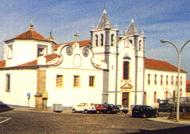
|
|
 (Church) Igreja do Cavalho, is wholly restored,
but still remaining from the 17th century are the carved wooden side
altars, the "dressing room" and the crucifix. At present the
church serves as a home to the altar piece from the Ermida de St. Pedro.
(Church) Igreja do Cavalho, is wholly restored,
but still remaining from the 17th century are the carved wooden side
altars, the "dressing room" and the crucifix. At present the
church serves as a home to the altar piece from the Ermida de St. Pedro.
 The Convent of St. Domingo with its Archaeological Museum is
well worth spending time in.
The Convent of St. Domingo with its Archaeological Museum is
well worth spending time in.
|
|
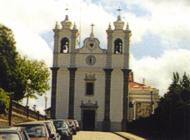 |
|
 Convent of St. Francisco, was originally
the Chapel (Ermida) of Our Saint of Grace in 1495. Today it houses the
Cultural Arts Association.
Convent of St. Francisco, was originally
the Chapel (Ermida) of Our Saint of Grace in 1495. Today it houses the
Cultural Arts Association.
 Convent of Salutation (Saudação),
16th to 19th century, considered to be the monument of greatest artistic
value in the town and its environs. If you visit the convent, curently
the object of restoration work, take a look at the Portaria (entrance
hall), clad in tiles dating from 1651, and at the Claustros (cloisters).
Pass through the arch into the garden where you will find the church
of St. James (Igreja de Santiago), the Torre da Má Hora or de
Menagem (literally translated, Tower of the bad hour, or the Keep) and
the Porta do Sol (gateway of the sun).
Convent of Salutation (Saudação),
16th to 19th century, considered to be the monument of greatest artistic
value in the town and its environs. If you visit the convent, curently
the object of restoration work, take a look at the Portaria (entrance
hall), clad in tiles dating from 1651, and at the Claustros (cloisters).
Pass through the arch into the garden where you will find the church
of St. James (Igreja de Santiago), the Torre da Má Hora or de
Menagem (literally translated, Tower of the bad hour, or the Keep) and
the Porta do Sol (gateway of the sun).
|
|
|
